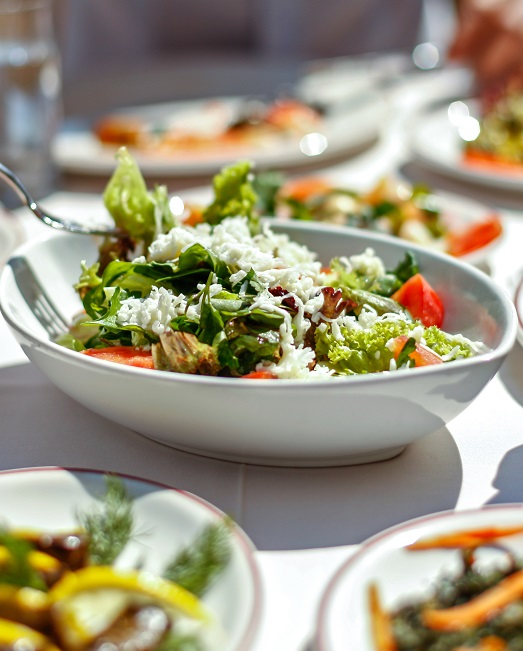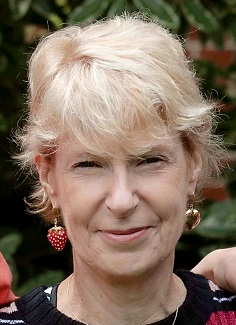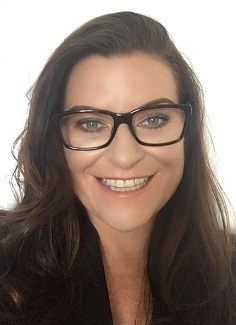Lifestyle
Copyright@ Australian Catholic University 1998-2026 | ABN 15 050 192 660 CRICOS registered provider: 00004G | PRV12008
Copyright@ Australian Catholic University 1998-2026 | ABN 15 050 192 660 CRICOS registered provider: 00004G | PRV12008

We all eat and we all sleep. When we get these two crucial lifestyle factors right, we’re more likely to be at our best – whether we’re an elite athlete on a mission to get faster, higher and stronger, or a regular person who wants to perform to their potential at work, at school, or in relationships.
With this in mind, staff at the SPRINT Research Centre and the Mary MacKillop Institute for Health Research (MMIHR) chose nutrition and sleep as their topics for the Aquero Lecture Series, with a presentation titled, ‘You are what you eat… and how you sleep’.
“We were looking for an area of general and broad interest, and also a space where ACU has a significant amount of expertise and experience,” said lecture host Professor David Opar, the Director of SPRINT and a member of ACU’s School of Behavioural and Health Sciences.
Joining him to delve into these perpetually voguish topics was MMIHR’s Professor Louise Burke, the long-time head of sports nutrition at the Australian Institute of Sports, and SPRINT’S Deputy Director Professor Shona Halson, a leading sleep and recovery expert.
Together, they make a formidable duo on the topics of nutrition and sleep in the athletic realm, recognised as among the preeminent global experts in the space.
So, what insights did they share from their years of research on elite sportspeople? And how can that knowledge aid us in improving health outcomes in the general population?
At the outset of her presentation, Professor Burke declared that while science has shed an enormous amount of light on how to improve athletic performance, often the greatest insights come from sportspeople themselves.
She cited an example of the athletes who, through trial and error, determined that a certain ubiquitous brown beverage laden with sugar and caffeine could be an effective performance aid.
“I was partly intrigued by what athletes had learned, but I thought I was going to be telling them that science really knew better,” explained Professor Burke, who was head dietitian for the Australian Olympic Team between 1996 and 2012.
After conducting multiple studies exploring the effect of caffeine on sports performance in different scenarios, Professor Burke and her colleagues confirmed its usefulness as a performance aid in a range of competitive events, including cycling, skiing, tennis, and rugby.
“What we found is that sometimes the role of the scientist is to merely validate what the athletes already worked out for themselves, and that’s a really interesting phenomenon,” she said. “You have to be open-minded to not just say, ‘We know better’. Sometimes a bit of collaboration, where we listen to them and then work together, gets the greatest outcome.”
Professor Burke then turned her attention to “broscience”, a brand of pseudoscientific ideas that circulates mostly in bodybuilding circles and is often peddled by young men. To put it simply: “No facts. No research. Sounds good though.”
But rather than take a pot shot at the trend, she took time to explore what so-called “bro athletes” have contributed to our knowledge of sports nutrition.
To do this, Professor Burke called upon her favourite member of this group, the fictional movie character of Thor, played by Australian actor Chris Hemsworth.
So, what can Thor teach us about diet and its effect on physique and athletic performance?
Well, he eats in energy surplus, with six meals a day and plenty of protein (including a protein-rich supper), varying the amount of carbohydrate he consumes depending on how much he trains, but making sure to eat whole grains, fruits and vegetables.

And what would science say about his approach to nutrition?
“Well, science tries to understand why things work,” Professor Burke explained, drawing on work from ACU researchers on muscle protein synthesis, the driving force behind the body’s response to exercise.
“We now know that when you do a session of resistance training exercises, you get this beneficial effect where all these pathways switch on, and they help you to grow new muscle for about 24 hours. We also get an effect on this pathway when we eat protein foods … but the effect only lasts for a couple of hours.”
So, what is the optimal spread of protein to keep these pathways turned on for as long as possible?
It turns out that Thor had it right all along. Eating protein-rich food every three waking hours is the best way to get “bang for your buck” from your gym workout.
But even Thor lets loose every now and then.
In the film Avengers Endgame, the larger-than-life character goes through a rough period, taking a break from training and getting stuck into the booze. Not only does he get out of shape and gain body fat, but he also loses a lot of muscle mass.
“There’s a good message for Thor to learn from here,” Professor Burke quipped, pointing to ACU research showing that the benefits of exercise and protein were substantially reduced if you had a drinking session after your workout. “He needs to cut back on the alcohol if he wants to regain those muscles.”
Speaking of booze, it turns out that the so-called ‘good stuff’ is not so good when it comes to sleep.
In her presentation, Professor Shona Halson confirmed that consuming alcohol could help you to fall asleep quicker; however, its negative effect on sleep quality make it a no-no for a good night’s rest.
“You need quite a lot of alcohol to help you fall asleep, but you don’t need much to help you disturb sleep,” she said, pointing to evidence showing that those who consume ‘a few too many’ don’t get into the deeper, more restoring phases of sleep. “We know that alcohol is absolutely one of the worst things you can do for sleep.”
Some years ago, when she first started out at the Australian Institute of Sport (AIS), Professor Halson quickly discovered that often athletes were just as sleep-deprived as the rest of us.
“I was a bit surprised by that, because I guess we all think that athletes train a lot, they’re always tired, so surely athletes should sleep well,” said Professor Halson, who for 16 years was the lead recovery physiologist at the AIS.
Even more surprisingly, the scientific literature on sleep in athletes was remarkably scant.
In the years since, not only has the bank of research filled its coffers, but wearable technology and analytics have exploded into the mainstream. Sleep trackers like the Oura Ring have proved popular not only among athletes; celebrities have also got in on the action, and few are shy of sharing their data on social media.
Professor Halson had never been motivated to follow Kim Kardashian on Instagram until the socialite started posting her sleep scores. During a friendly competition with fellow celebrity Gwyneth Paltrow, Kardashian shared screenshots of her “optimal” scores of 91 for sleep and 100 for readiness.
Scores this high are out of the ordinary, said Professor Halson, and in fact, “most of us are, to some level, sleep-deprived”.
Busy work schedules, family commitments, weekend socialising, and too much caffeine are just a few of the many causes of sleep deprivation in the general population. For athletes, the latter of those – caffeine intake – can be a major balancing act, given its proven performance benefits.

Sportspeople are also forced to endure the demands of competitive schedules in different time zones, making it difficult to keep a regular sleep routine. This can be problematic, said Professor Halson, given research showing the importance of sleep regularity.
“We had 3,000 nights worth of data from some of our best athletes, and we found that the most regular sleepers were the ones that went to bed at the same time and woke up at the same time,” she said, adding that when it comes to sleep, “consistency is really key”.
“If you can’t sleep long, you should at least try to sleep as consistent as possible, and even that can be really hard. There are a lot of things that are beyond our control, and not everyone is going to sleep perfectly every night of the week.”
To finish off her presentation, Professor Halson gave a nod to the ACU researchers working on the latest frontier in sports science: exploring the links between the menstrual cycle and physical performance in female athletes and non-athletes.
She also paid homage to the many female academics at both the SPRINT Research Centre and the Mary MacKillop Institute for Health Research who are at the forefront of sports science in Australia, and are following the path of trailblazers like her long-time colleague and collaborator, Professor Louise Burke.
For her part, Professor Burke addressed a common criticism of sports scientists: that their talents would be better utilised in doing something “more serious and helpful for the world” than simply “helping athletes to go faster, higher, stronger”.
“When we do things with elite athletes, we often learn about the body at its very extremes and all the things we can do to make good changes, and in other areas of our life, that trickles down and helps to improve the lives of everyday citizens,” she said.
Whether it’s enhancing the quality of life of older people, or assisting those who need to change their physique, ACU is in a unique position to transform the insights gained from elite athletes to benefit the wider population.
“Shona and I deliberately came from the AIS to work at ACU because we feel it’s a really great place where there are lots of different ways of looking at the world, and where our specific expertise in sports can be used to help the rest of the community.”
Learn more about the Sports Performance, Recovery, Injury and New Technologies (SPRINT) Research Centre and the Mary MacKillop Institute for Health Research.
View the complete Aquero Lecture, ‘You are what you eat … and how you sleep.’.
Copyright@ Australian Catholic University 1998-2026 | ABN 15 050 192 660 CRICOS registered provider: 00004G | PRV12008